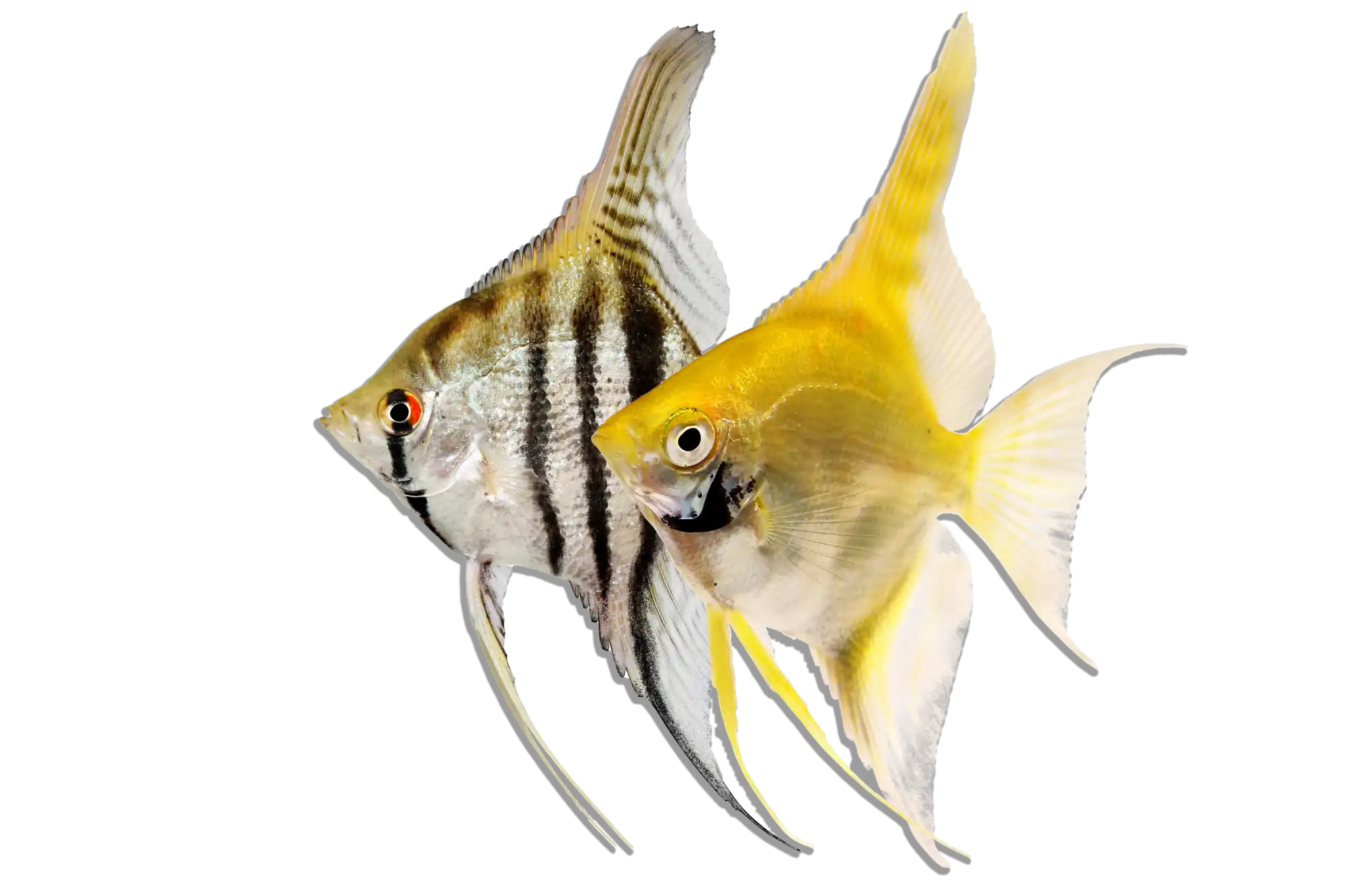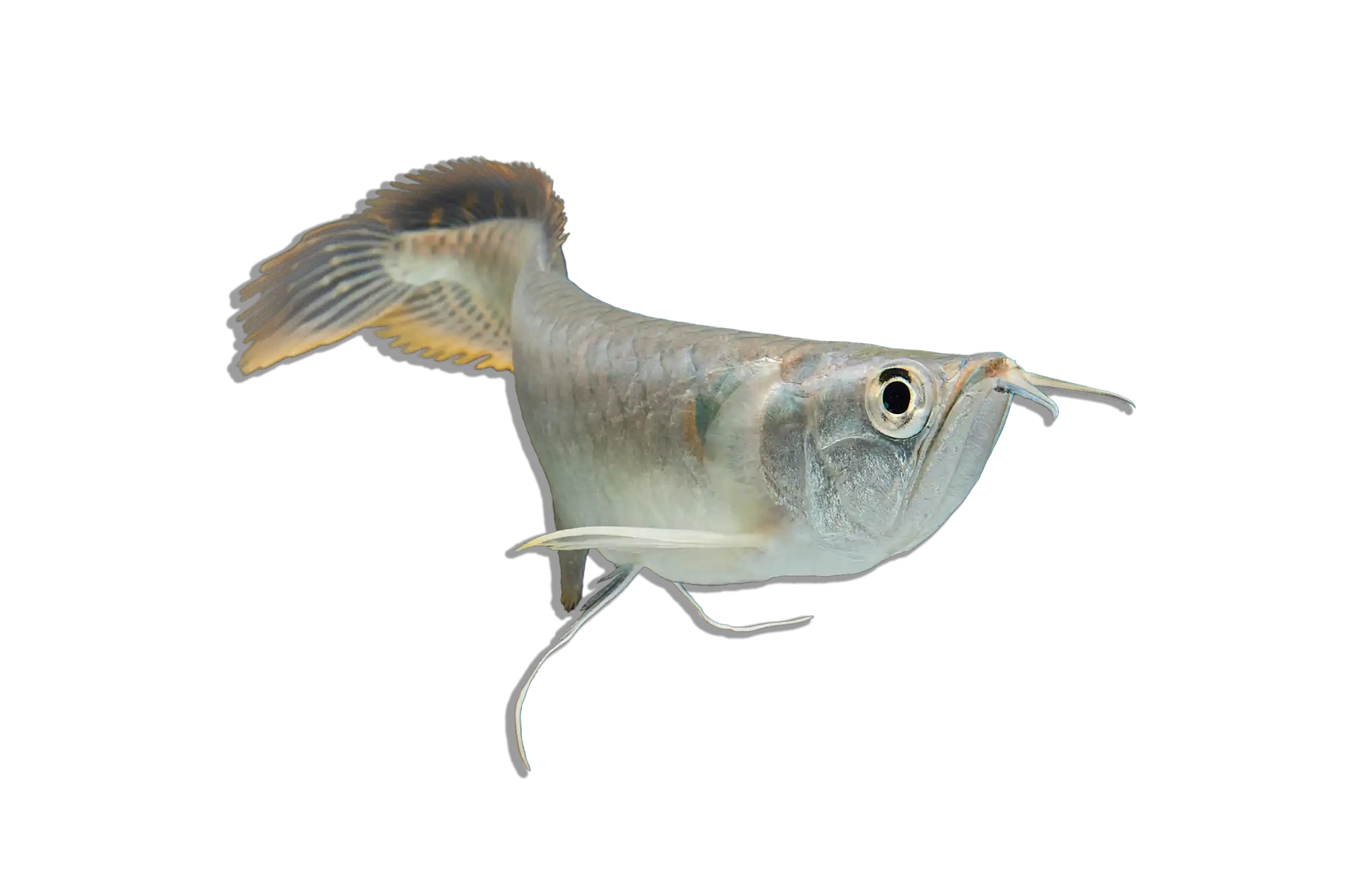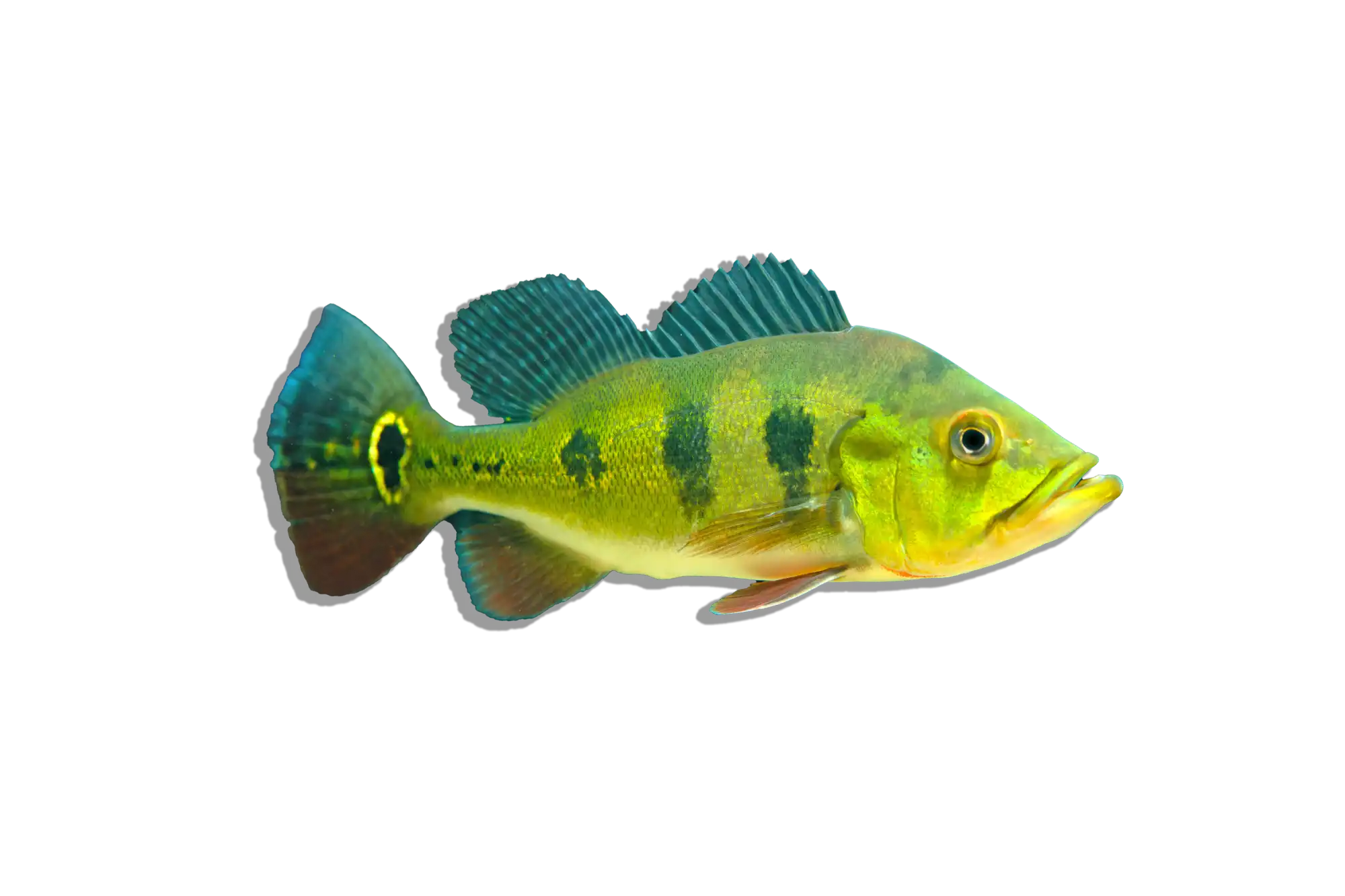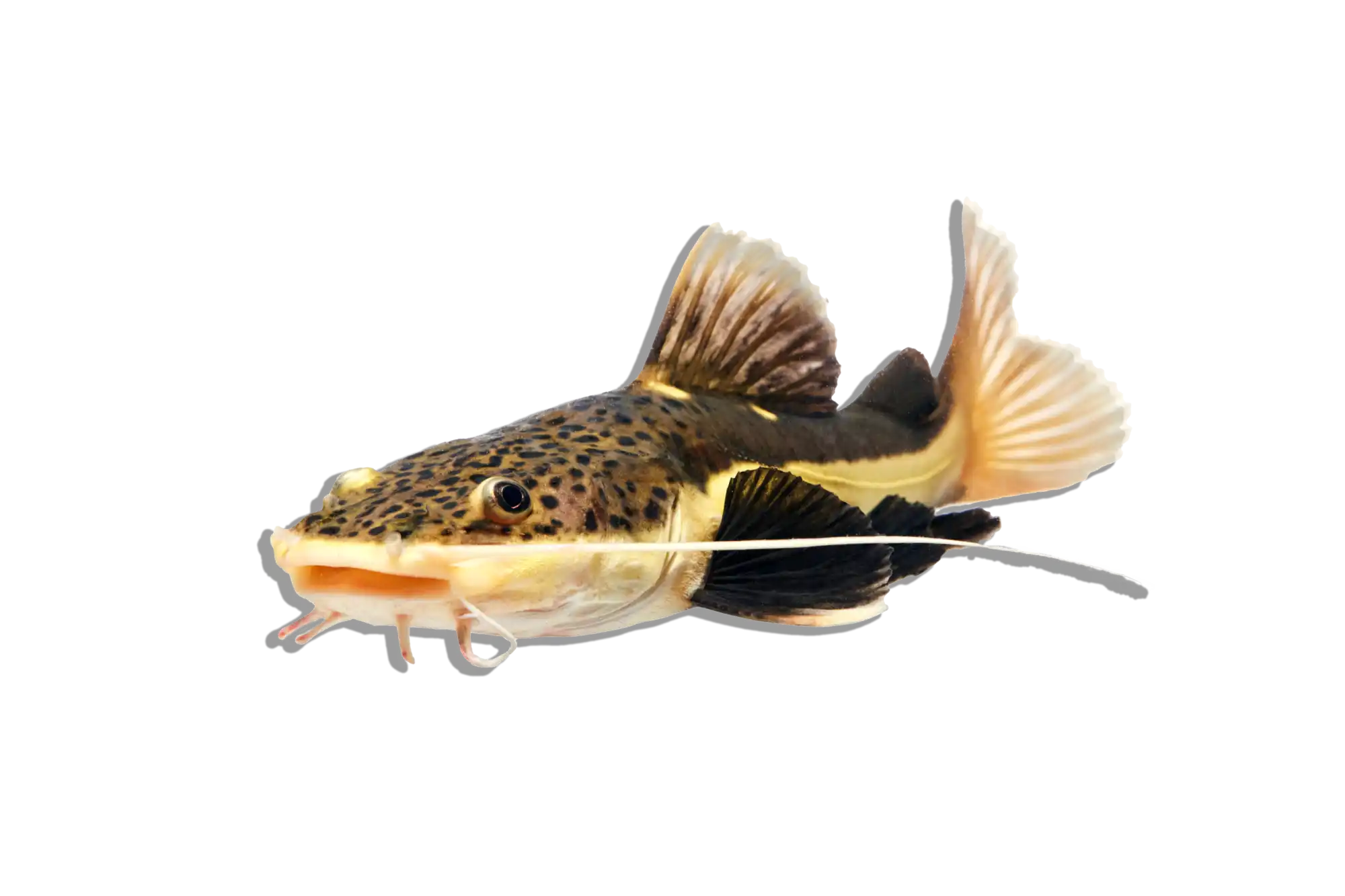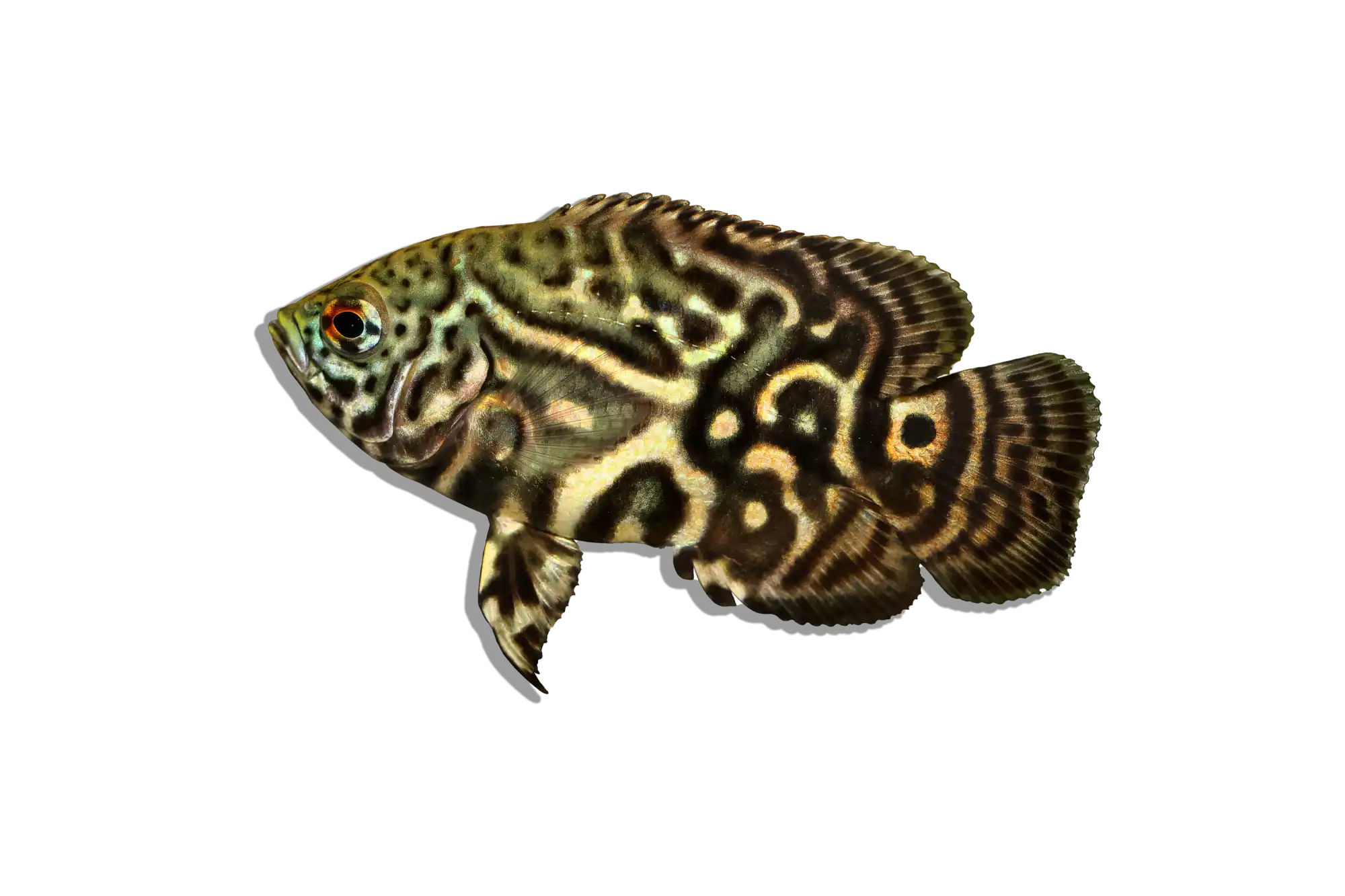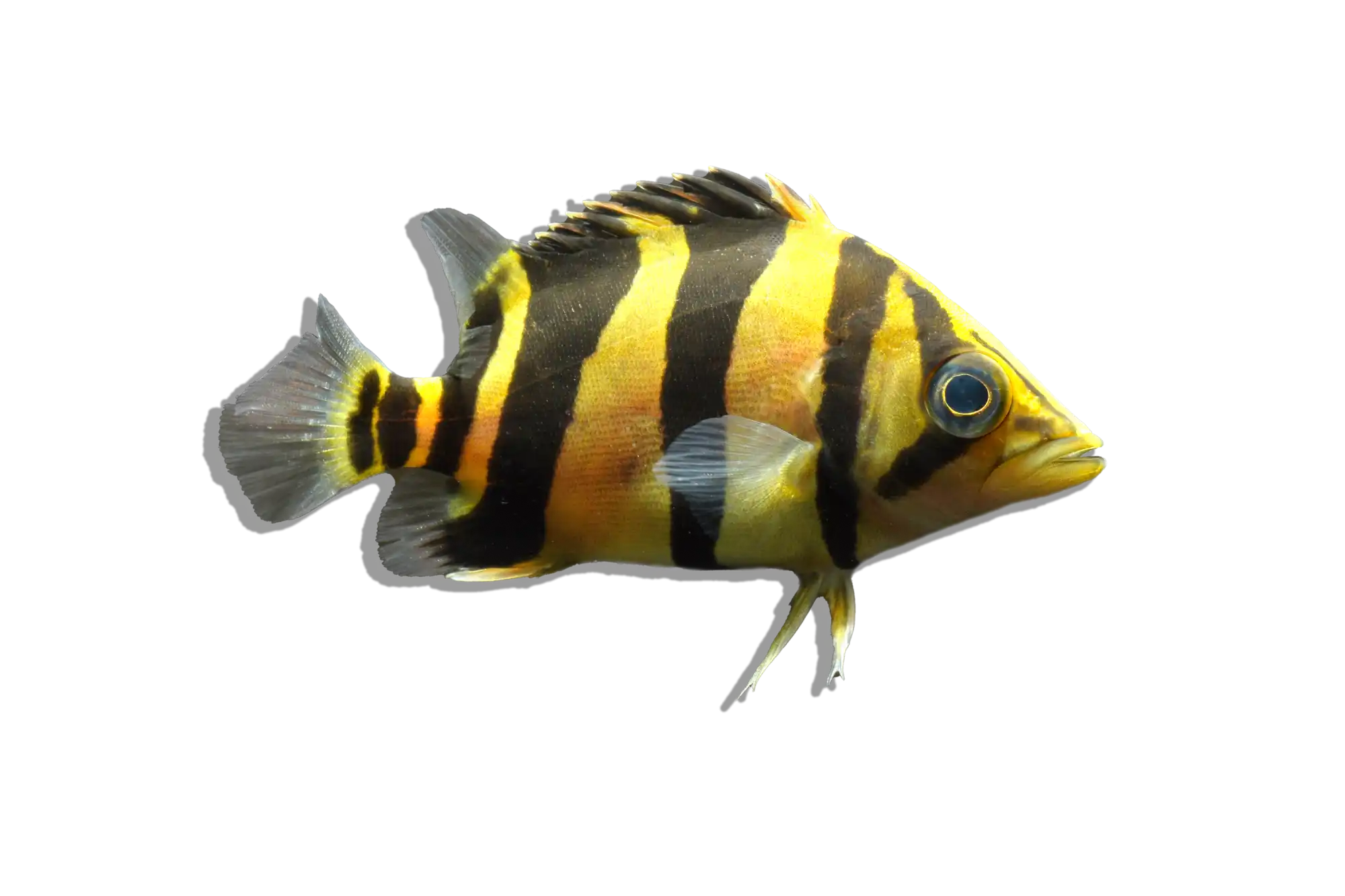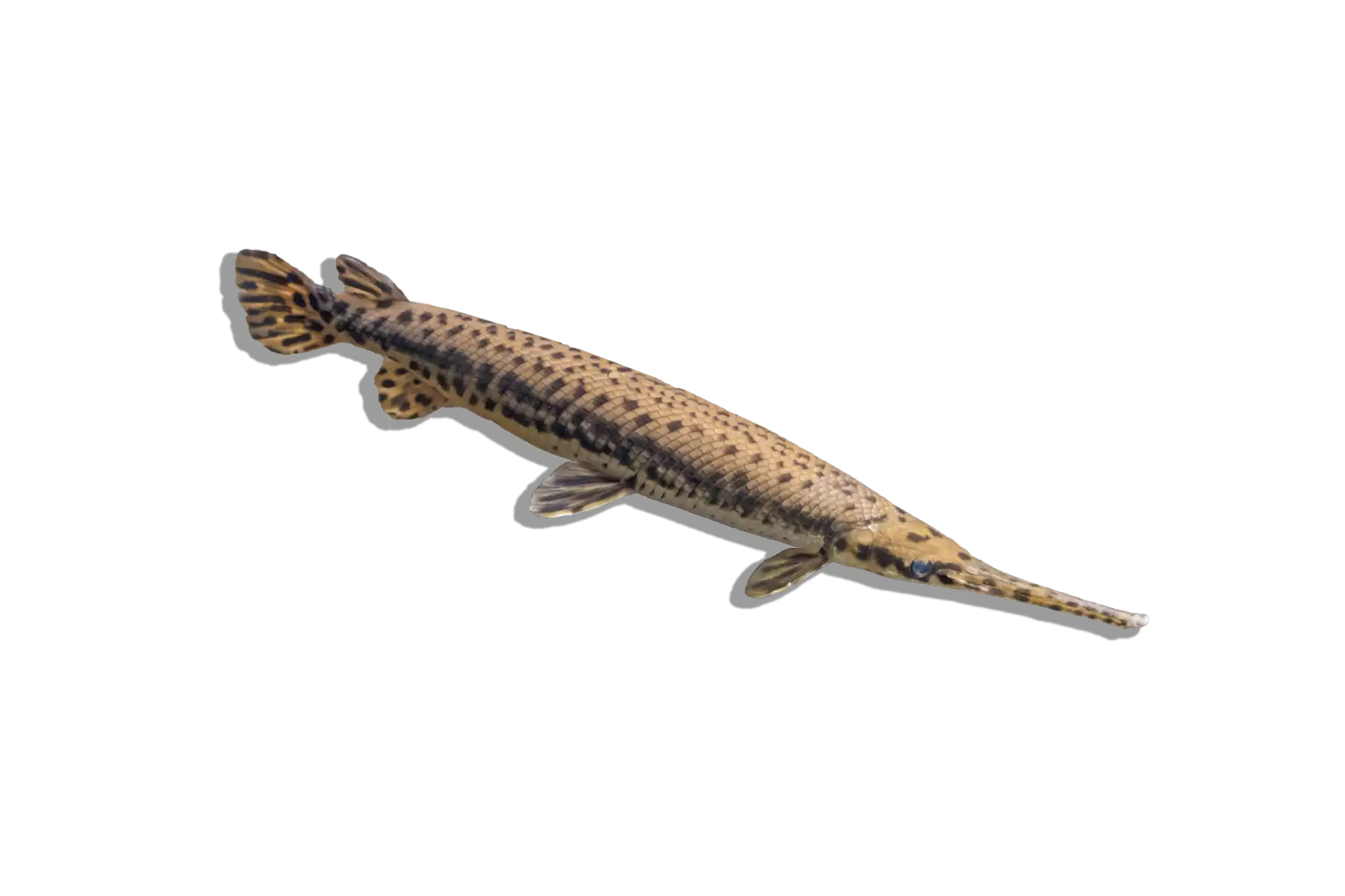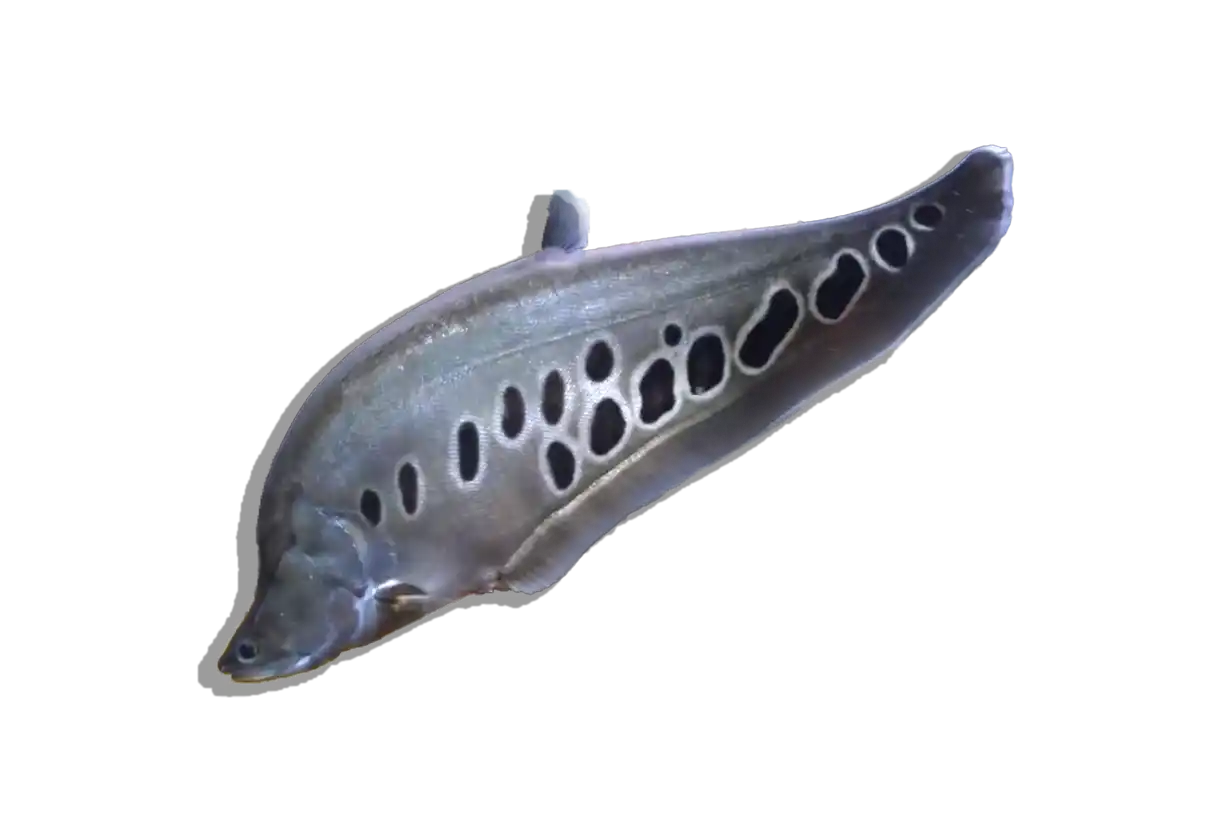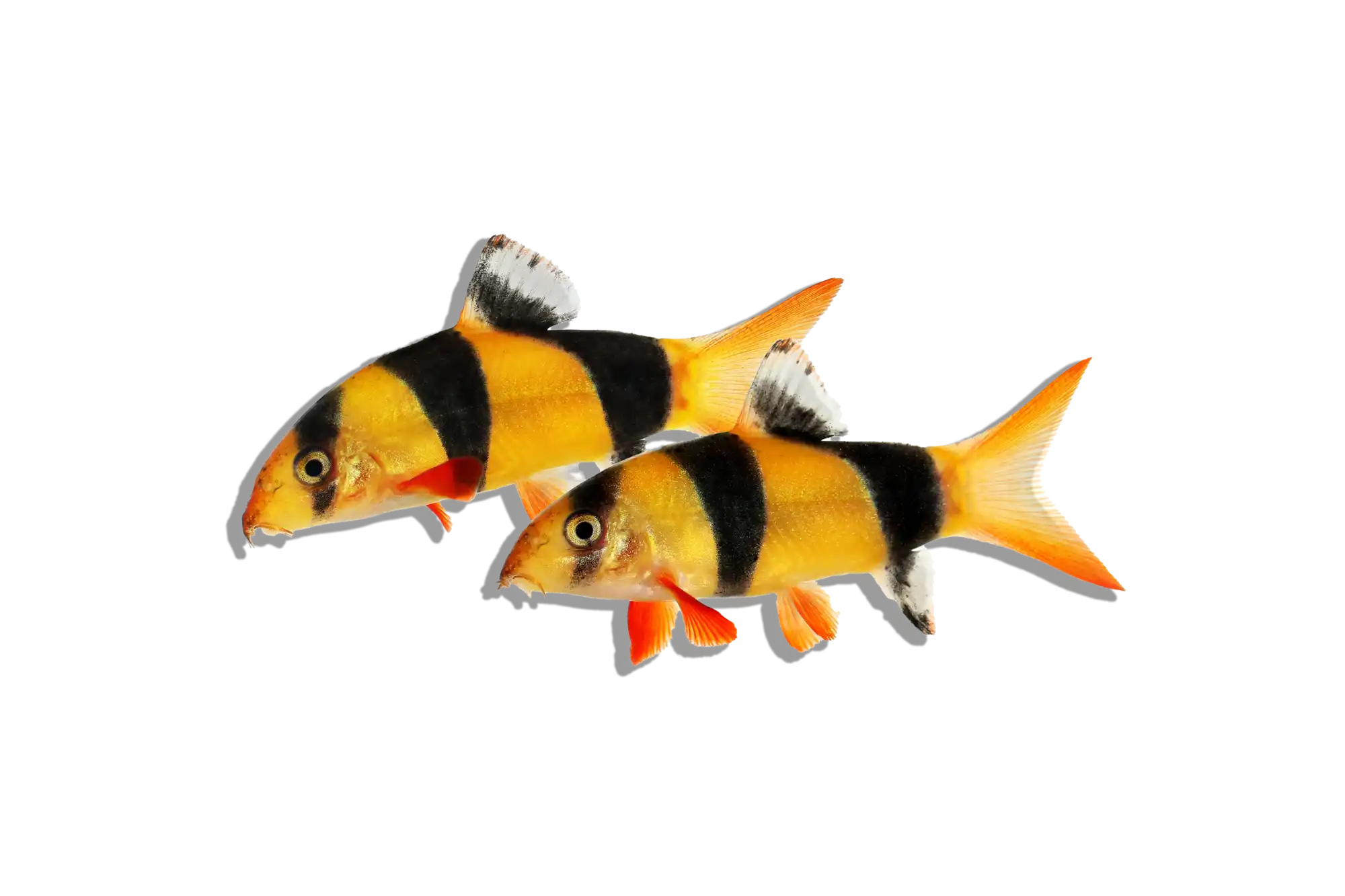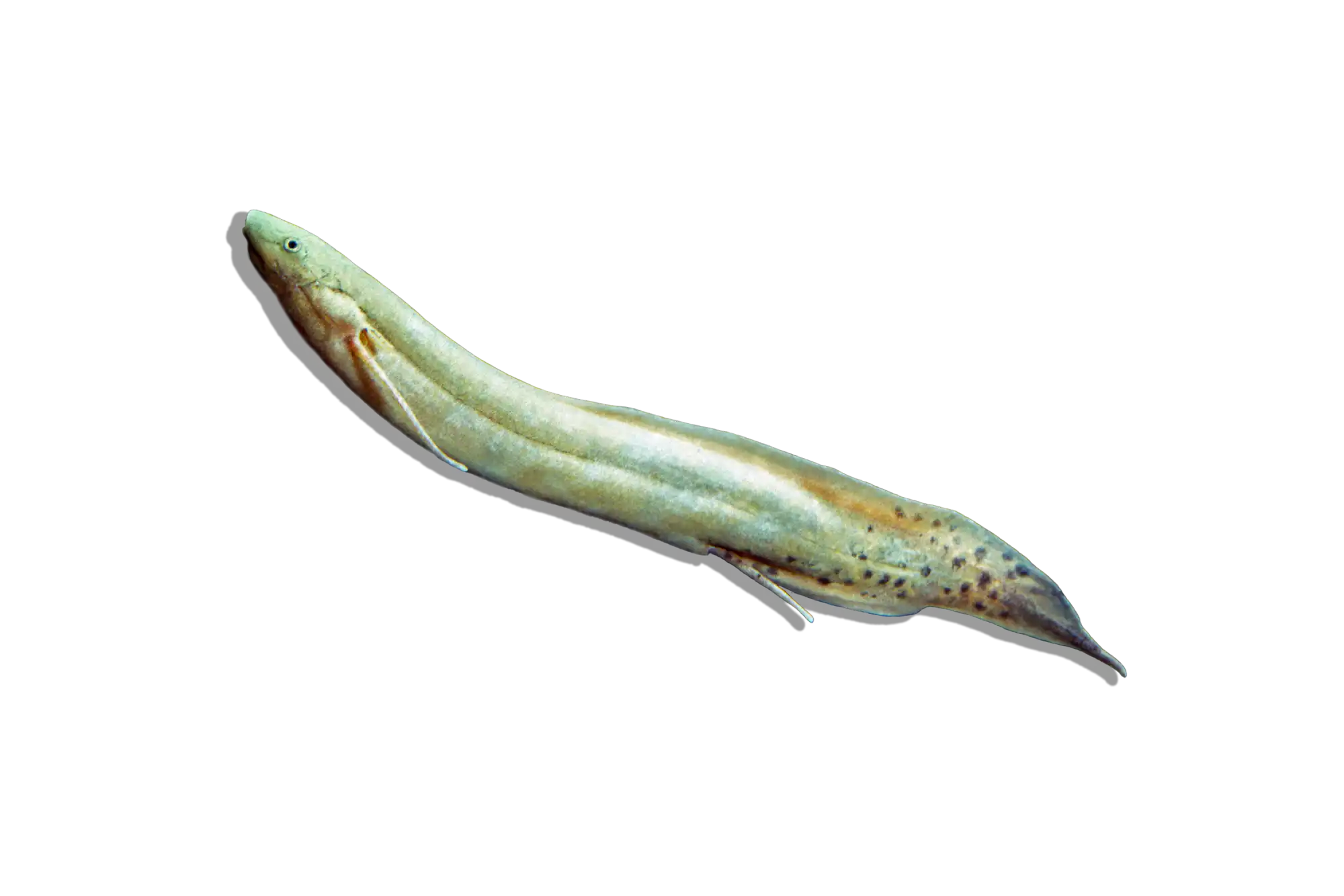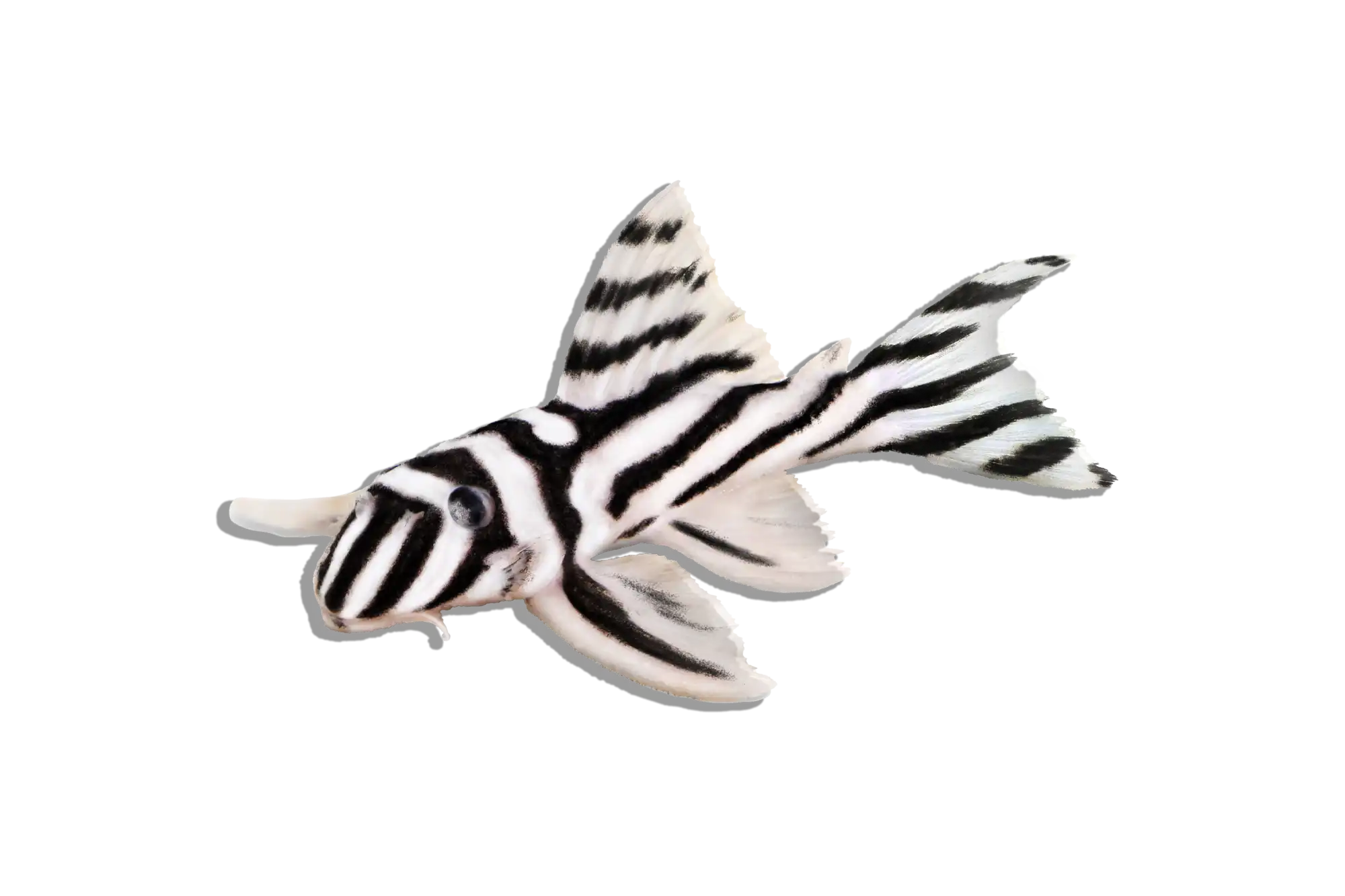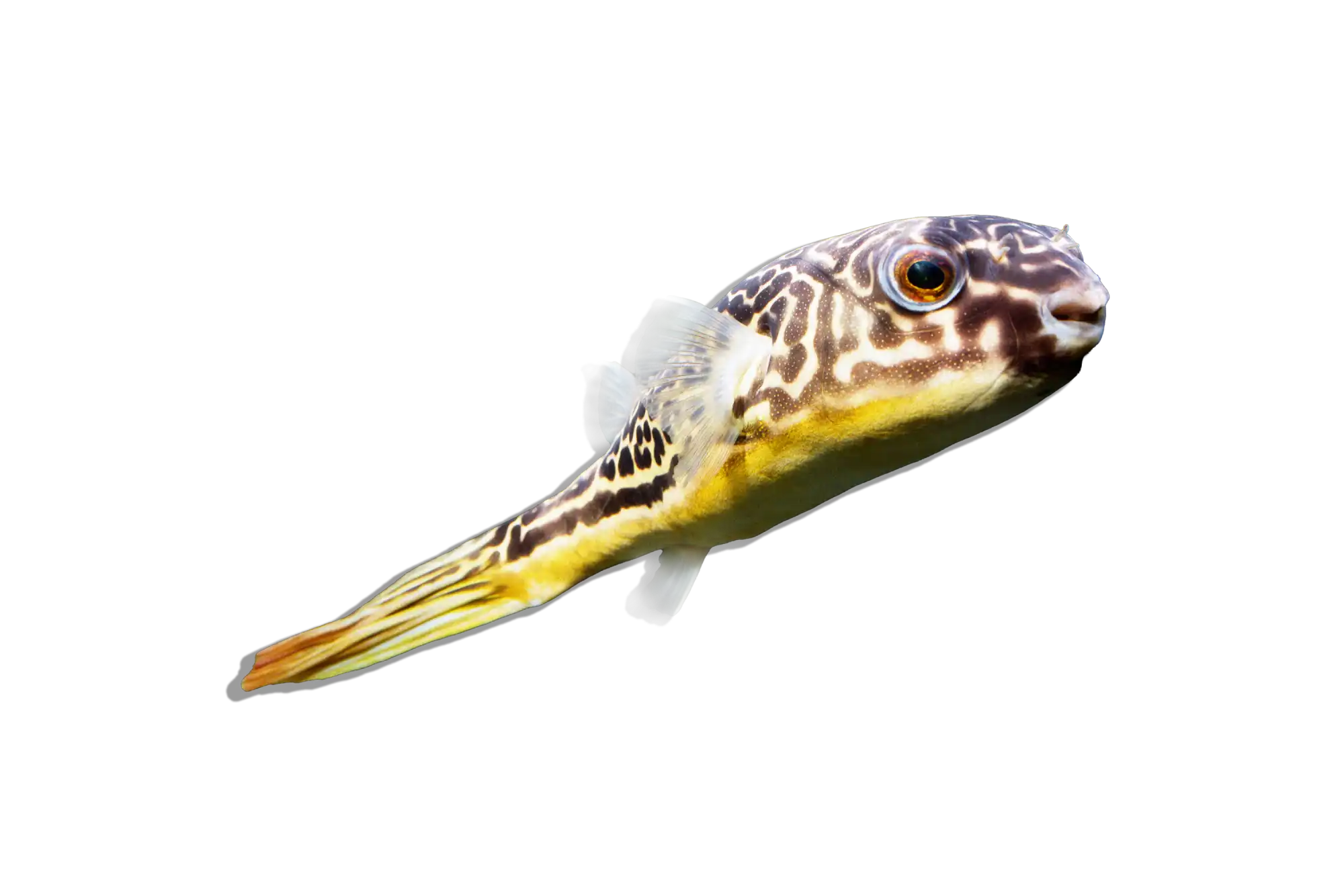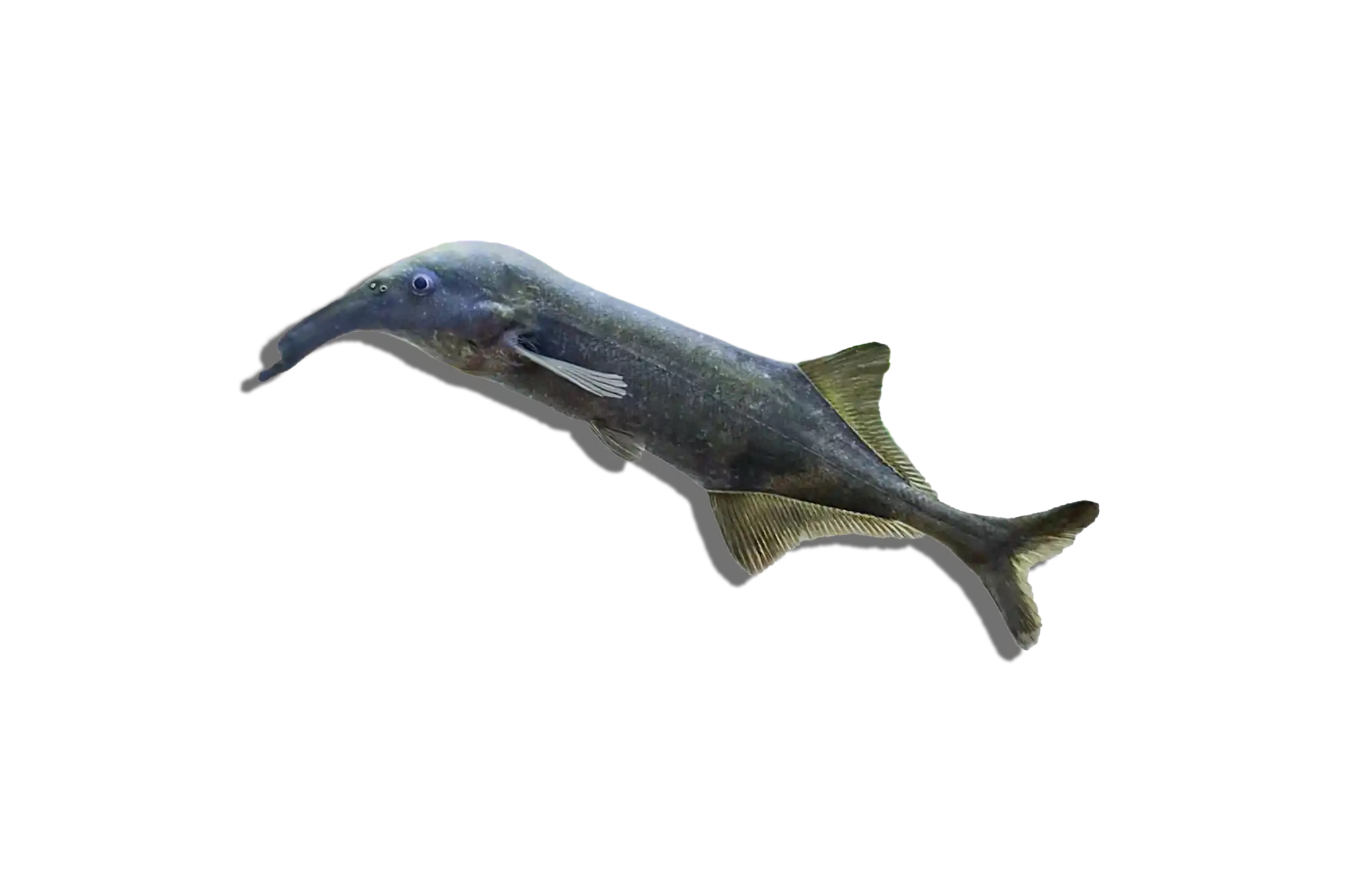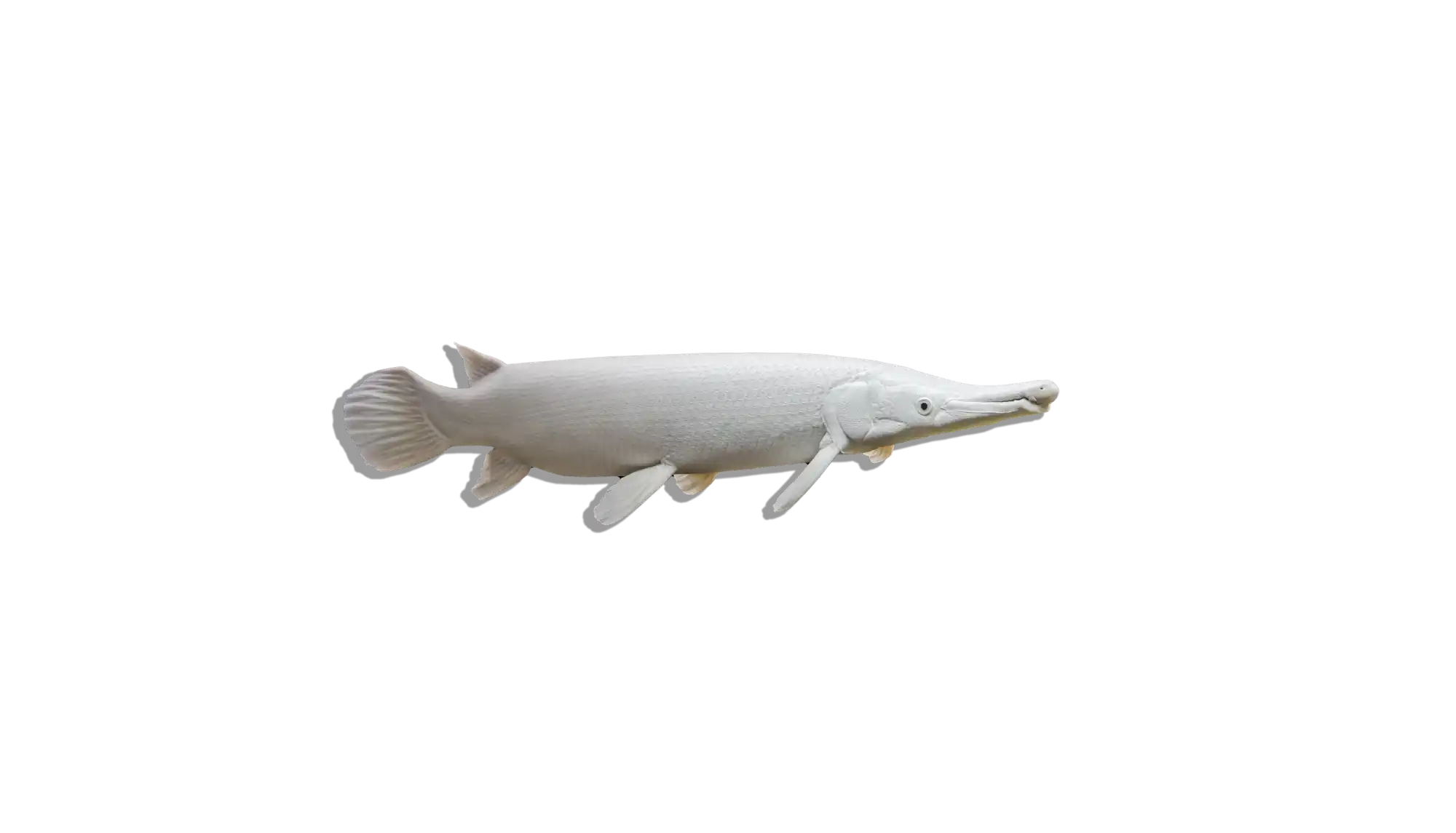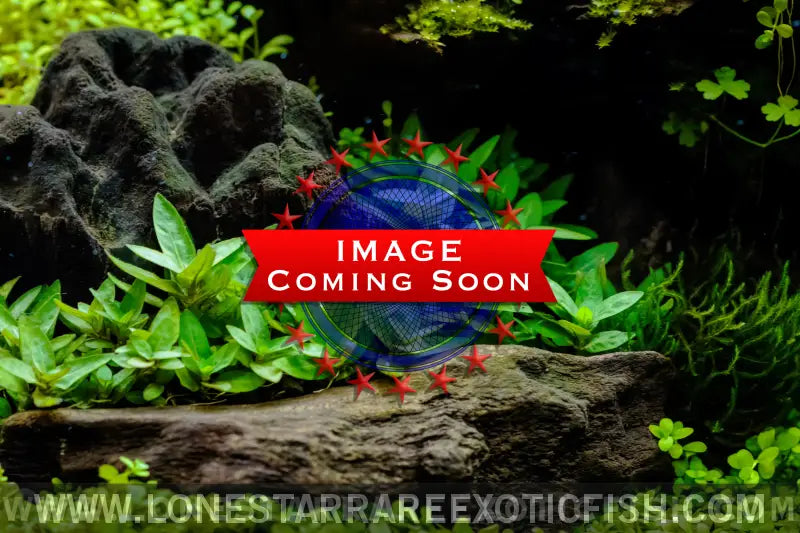Description
Common Name: Long Nosed Skunk Cory Catfish
Scientific Name: Corydoras narcissus
Other Names: Narcissus Cory, Skunk Cory, Long Nose Cory
The Long Nosed Skunk Cory Catfish is a distinctive Corydoras species known for its elongated snout, streamlined body, and striking black stripe running from its snout to its caudal fin. Its body is typically a light silver or beige color, with the bold stripe giving it the “skunk” appearance. This species is more elongated than most Corydoras, making it an attractive and unique choice for aquarists looking for an active bottom dweller. Like all Corydoras, it is peaceful, social, and best kept in groups.
Habitat and Distribution:
Native to Brazil and Peru, Corydoras narcissus is found in the upper Rio Madeira and Rio Purus basins. It inhabits soft, sandy riverbeds with moderate to slow-moving water, often in areas with leaf litter and submerged roots where it forages for food. The water in these regions is typically warm and slightly acidic to neutral.
Size and Lifespan:
This species grows larger than most Corydoras, reaching about 3.5-4 inches (9-10 cm). With proper care, it can live for 10-12 years.
Diet and Behavior:
The Long Nosed Skunk Cory is an omnivore that scavenges for small invertebrates, biofilm, and organic matter in the wild. In captivity, it should be fed a diet of high-quality sinking omnivore pellets, frozen or live foods such as bloodworms and blackworms, and occasional plant-based foods like blanched vegetables or spirulina wafers. It is a highly active and social species that should be kept in groups of at least 5-6 individuals to reduce stress and encourage natural schooling behavior.
Breeding and Reproduction:
Breeding Corydoras narcissus is possible in captivity but requires stable water conditions and the right triggers. They are egg layers, with females laying adhesive eggs on smooth surfaces such as glass, leaves, or rocks. A diet rich in protein and slightly cooler water changes can encourage spawning. The eggs typically hatch within 3-5 days, and the fry should be fed baby brine shrimp or finely crushed sinking foods.
Aquarium Care and Tank Requirements:
A minimum of 40 gallons is recommended for a group, with a larger tank (55+ gallons) preferred for long-term care. Their ideal tank setup includes a soft sand substrate to prevent damage to their sensitive barbels, moderate filtration with gentle water flow, plenty of hiding spots using driftwood, caves, and plants, and subdued lighting to mimic their natural environment.
Ideal Tank Mates:
The Long Nosed Skunk Cory is peaceful and can coexist with other similarly non-aggressive fish. Suitable tank mates include Tetras, Rasboras, Gouramis, Dwarf Cichlids (Apistogramma and Ram Cichlids), Angelfish, and other Corydorasspecies. Avoid housing them with overly aggressive or large predatory fish.
Difficulty Level:
Intermediate. They require soft substrate, stable water parameters, and a well-maintained tank to thrive.
Water Parameters:
- Temperature: 72-80°F (22-27°C)
- pH: 6.0-7.5
- General Hardness (GH): 4-12 dGH
- Carbonate Hardness (KH): 3-8 dKH
- Ammonia: 0 ppm
- Nitrite: 0 ppm
- Nitrate: <20 ppm (regular water changes required)
Additional Information:
- A fine sand substrate is essential to protect their barbels, as rough gravel can cause infections.
- They require well-oxygenated water with moderate flow, similar to their natural river habitat.
- Keeping them in groups enhances their activity levels and reduces stress.
The Long Nosed Skunk Cory Catfish is a unique, larger Corydoras species that makes a great addition to peaceful community aquariums. With the right setup and care, it can be a long-lived and active bottom-dweller.

